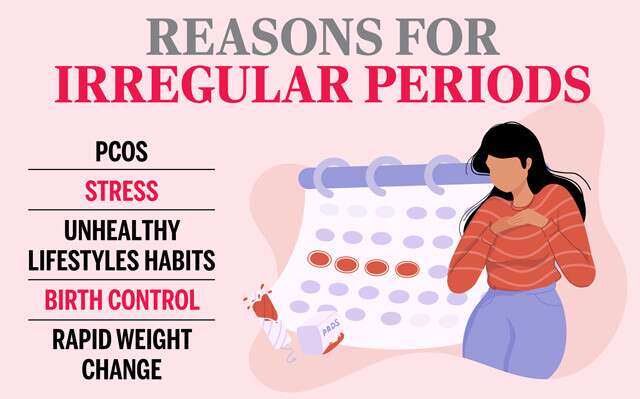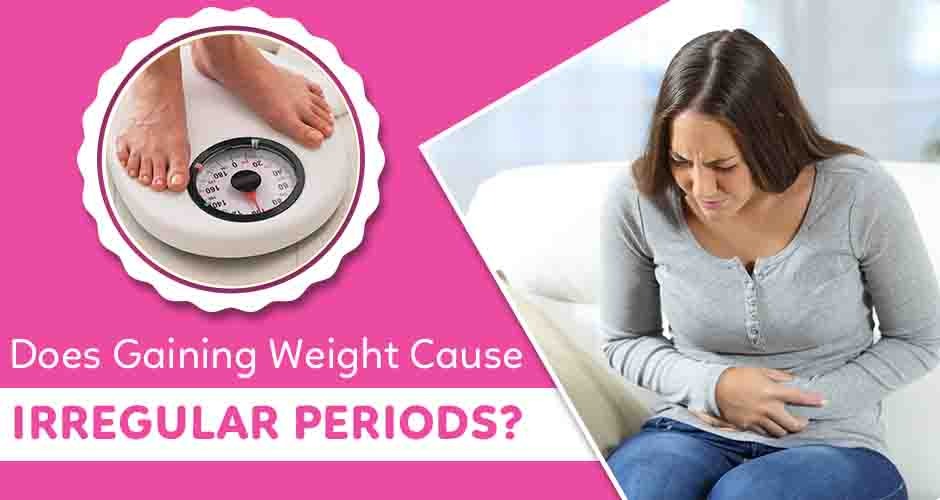BEST TREATMENT SPECIALIST FOR IRREGULAR PERIODS
WELCOME TO MY GARDEN
Dr. GSS CENTRE FOR L.I.F.E
(LAPAROSCOPY, INFERTILITY, FIBROIDS & ENDOMETRIOSIS)
Obesity is known to contribute to an ovulation, menstrual irregularities and sub-fertility. Furthermore, obese women who do become pregnant are at increased risk of miscarriage and obstetric complications including pregnancy-induced hypertension, preeclampsia, gestational diabetes, fetal macrosomia, and neonatal and maternal mortality. Outcomes for those undergoing IVF treatment are consistently poorer for obese individuals, and the offspring of obese women are at higher risk of becoming obese themselves and of developing heart disease, diabetes and other metabolic conditions later in life. The complex deregulatory effects of excess weight upon hormone production are thought to play a part in many of these issues.


Hormones are blood-borne chemical mediators whose role is to regulate bodily functions such as sleep, digestion, growth and cardiovascular activity. In women they also govern the menstrual cycle and reproductive health. Hormones are secreted by a series of glands located throughout the body, collectively known as the endocrine system.
Female reproductive function is governed by the ovaries, hypothalamus and pituitary gland. Their complex interrelationship is known as the hypothalamus-pituitary-ovarian (HPO) axis. A normal menstrual cycle begins with the release of a burst of gonadotropin releasing hormone (GnRH) from the hypothalamus, which will continue to release pulses of GnRH to regulate hormone production throughout the cycle. The presence of GnRH causes the pituitary gland to produce luteinizing hormone (LH) and follicle stimulating hormone (FSH). These in turn stimulate the growth of multiple estrogen-secreting follicles on the ovaries, one of which will eventually mature and, following a surge of LH, release an egg. After ovulation the remainder of the follicle, now called the corpus luteum, begins to produce progesterone, along with smaller quantities of estrogen, both of which are essential for maintenance and further development of the endometrial lining in readiness for conception. Any disruption to the HPO axis can lead to infertility by causing an ovulation, preventing implantation or inhibiting normal embryonic development.
Obesity and central obesity in particular, is associated with significant endocrine disruption, potentially leading to conditions such as diabetes and thyroid disease as well as influencing male and female fertility. Fat, or adipose tissue, is known to be hormonally active, secreting leptin, adiponectin and estrogens into the blood stream.
Leptin has been found to increase during pregnancy in obese and non-obese women but its rate of increase is markedly slower in obese women. The hormone is known to play a key role in early embryonic development, so this effect may be implicated in increased miscarriage rate and susceptibility of offspring to metabolic and cardiovascular disease.
Adiponeptin is involved in several metabolic processes, including glucose regulation and the conversion of stored fat into energy. Although it is produced solely by adipose tissue, adiponeptin levels within the blood stream are inversely related to adipose mass, such that obese women typically display low adiponectin levels. Reduced levels of adiponectin in the blood stream are associated with conditions including diabetes and heart disease, and are also linked to reduced fertility due to polycystic ovarian syndrome (PCOS).
Breastfed infants are known to benefit from a protective effect against development of obesity and metabolic disorders later in life. Whilst the reasons for this are not currently understood, research has shown that breast milk contains high levels of adiponectin, and it is thought that the hormone may play an important part in governing metabolic development.
An inverse relationship between maternal adiposity and adiponectin concentrations in breast milk is known to exist and has been hypothesized as one possible factor to account for increased rates of obesity and metabolic disorders seen in offspring of obese mothers. Obesity also has a disruptive effect upon the hormone prolactin, leading to increased likelihood of delayed or diminished milk production in obese mothers, resulting in lower rates of breastfeeding.
The primary role of insulin within the body is to stimulate cells to absorb glucose from the blood stream in order to maintain healthy blood sugar levels. Obesity is a known risk factor for insulin resistance; a condition in which cells become unresponsive to insulin, stimulating the body to produce it in greater quantities in an attempt to bring blood sugar levels under control. High levels of insulin can impair the progesterone secreting function of the corpus luteum, and act upon the ovaries to trigger production of testosterone and other masculinizing hormones, known as androgens. Increased insulin secretion can also cause the hypothalamus to release GnRH in greater quantities, disrupting LH and FSH production. This combination of factors can have a devastating effect on female health and fertility.
When excessive androgen production occurs in parallel with an ovulation a diagnosis of polycystic ovarian syndrome (PCOS) may be made. The syndrome is extremely common, affecting an estimated 10% of women worldwide. Women with PCOS often have enlarged ovaries covered in chains of pearl-like cysts, but the presence of polycystic ovaries is no longer required to meet the diagnostic criteria for PCOS and it is also possible to have polycystic ovaries without having PCOS. Other common symptoms include excess body hair (hirsuitism), thinning of hair on the head and acne.
Generally speaking, two or more of the following are required for a diagnosis of PCOS:
- An ovulation, as indicated by irregular, infrequent or absent periods.
- Excessive growth of facial or body hair and/or blood test results indicating elevated level s of testosterone.
- An ultrasound scan that shows polycystic ovaries.
Whilst most women with PCOS are overweight or obese, it is possible to have PCOS with a BMI within the normal range, and there is strong evidence to suggest that genetic factors play a significant part in determining who develops the condition. BMI is closely associated with severity of PCOS symptoms, and weight loss is known to be effective in minimizing symptoms and restoring fertility. However, the relationship between PCOS and obesity is complex and has yet to be understood. Research indicates that women with PCOS display greater resistance to insulin than women with an equivalent BMI and pattern of fat distribution who do not have PCOS, and a three to fourfold increase in metabolic syndrome has been observed in women with PCOS relative to the general population. Hence metabolic factors are widely thought to play an important role in pathogenesis of the condition. More recently, a role for adiponectin has also been proposed: Studies have found that women with PCOS display decreased adiponectin levels independently of insulin resistance and other metabolic factors, and the possibilities for use of adiponectin as a biomarker or drug treatment for PCOS are the focus of ongoing research.
Whilst hypertension, heart disease and metabolic disorders are common in women with PCOS, there is mixed evidence to support a direct association between PCOS and those conditions independent of BMI status, and it is likely that insulin resistance is a key mediator. However, PCOS is known to be directly associated with depression and mood swings, and by suppressing ovulation for prolonged periods of time can also lead to endometrial cancer.
Common causes include:
- puberty – your periods might be irregular for the first year or two
- the start of the menopause (usually between the ages of 45 and 55)
- early pregnancy – take a pregnancy test to rule this out
- some types of hormonal contraception – such as the contraceptive pill or intrauterine system (IUS)
- extreme weight loss or weight gain, excessive exercise or stress
- medical conditions – such as polycystic ovary syndrome (PCOS) or a problem with your thyroid
You don’t need to get medical advice if you have always had slightly irregular periods or you’re still going through puberty.
- your periods suddenly become irregular and you’re under 45
- you have periods more often than every 21 days or less often than every 35 days
- your periods last longer than 7 days
- there’s a big difference (at least 20 days) between your shortest and longest menstrual cycle
- you have irregular periods and you’re struggling to get pregnant
- There might not be anything wrong, but it’s a good idea to get checked out to see what the cause might be
- OBESITY IS AN EPIDEMIC TODAY . SO TRY NOT TO GAIN UNNECESSARY WEIGHT.REMEMBER! A SIMPLE WEIGHT LOSS OF 10 TO 15 % WILL HELP YOU REGULARISE YOUR PERIODS AND IMPROVE YOUR REPRODUCTIVE OUTCOME.
- AVOID UNHEALTHY LIFESTYLE.HAVE LOTS OF FRUITS, VEGETABLES AND DRINK AT LEAST 4 LITRES OF WATER EVERYDAY.
- TRY NATURAL WAYS TO REDUCE WEIGHT AND DON’T DEPEND ON MEDICATION / SURGERY TO REDUCE YOUR WEIGHT TOO EARLY.





